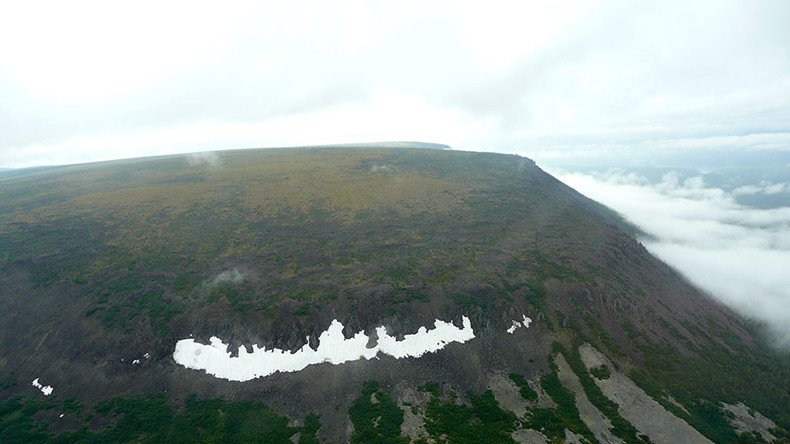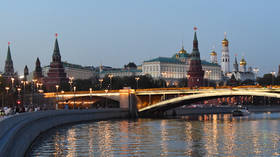Siberian volcanoes triggered Earth’s most devastating extinction event – study

Earth’s largest extinction event may have been caused by massive eruptions in an area of volcanic Siberian wasteland, according to new research.
Scientists examining geological data from the Great Permian Extinction came to the conclusion after finding spikes in the amount of nickel – a chemical element found in rock formed from magma – in regions as far flung as the Arctic, China, Israel and Hungary.
According to Michael Rampino, the study’s senior author and geologist at New York University, the nickel most likely came from volcanic eruptions in the Siberian Traps 252 million years ago.
“The Siberian volcanic eruptions and related massive intrusions of nickel-rich magmas into the Earth’s crust apparently emitted nickel-rich volatiles into the atmosphere, where they were distributed globally,” Rampino said in a statement.
Permament state of deep freeze: Earth’s melting tundra releases ancient viruses (VIDEO) https://t.co/7M4aXS1HIFpic.twitter.com/nS3JWomX53
— RT (@RT_com) August 5, 2016
The study, published in the journal Scientific Reports, states that the nickel is evidence that volcanic activity polluted the atmosphere with carbon dioxide and methane, “causing severe global warming and subsequent mass extinction.”
Rampino said that explosive interactions of magma with coal deposits may also have released massive amounts of carbon dioxide and methane into the atmosphere which, in turn, triggered intense warming of the oceans.
READ MORE: Use drug addicts to help develop Siberia, says leftist Russian MP
The environmental damage and the resulting extinction, known also as the Great Dying, is said to have wiped out more than 95 percent of marine life and 70 percent of all land-dwelling lifeforms.
“The warm oceans also became sluggish and depleted in dissolved oxygen, contributing to the extinction of many forms of life in the sea,” Rampino added.
Gazprom's Power of Siberia-2 pipeline to China getting closer https://t.co/iBp8xe20bt
— RT (@RT_com) September 21, 2017
For co-author Sedelia Rodriguez of Barnard College in New York, the study is a chance to see if a similar extinction level event could happen again.
“We hope this research will contribute to determining whether an event of this magnitude is possible in the future,” Rodriguez said.
The Siberian Traps have long been a point of interest for geologists and climate scientists.
This study differs from previous research in focusing on major eruptions in the region. Earlier studies said that it was solely the heat of magma coming to the surface that released large amounts of greenhouse gases and sparked the extinction event.













